I’ve always found British wildlife absolutely fascinating. Whether I’m strolling through a local park or hiking along our rugged coastlines, there’s always something new to discover. But what really amazes me is how many secrets our wildlife keeps hidden. Even if you’re familiar with hedgehogs, red squirrels, or the crafty fox, there’s still so much to learn. Some facts are downright odd, others quirky, and a few are just jaw-dropping. If you’re as curious as I am about the wild creatures that share our countryside and cities, get ready – these facts might just change how you see them!
Hedgehogs Hibernate but Wake Up Often
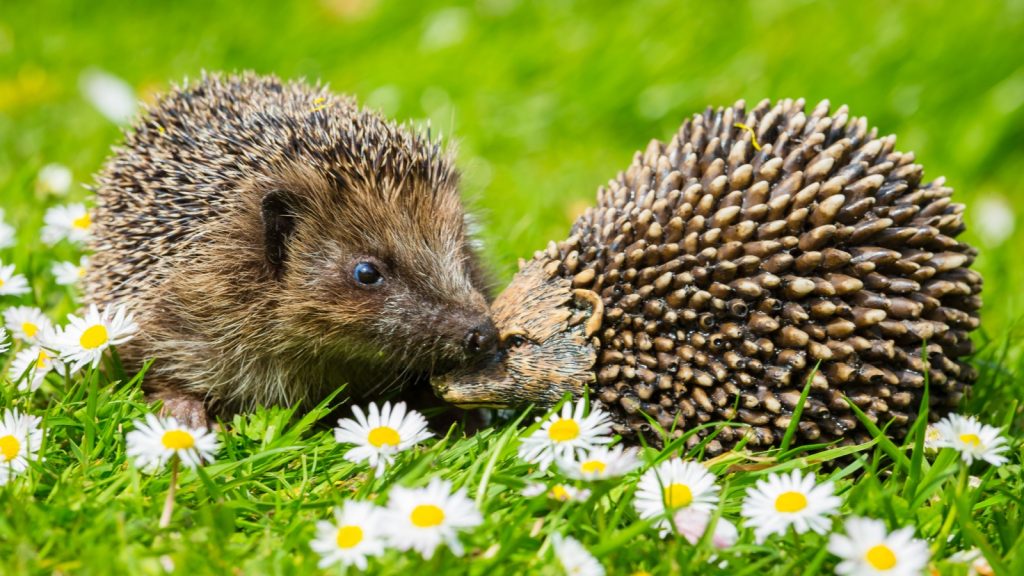
While many people know that hedgehogs hibernate, what you might not realise is that they don’t sleep right through the winter. Hedgehogs actually wake up several times during hibernation. They do this to adjust their body temperature or look for food if their fat reserves are low. Their hibernation cycle is fascinating – they enter a state called “torpor,” where their body temperature drops dramatically to conserve energy.
Seals Make Up Nearly Half of the World’s Grey Seal Population
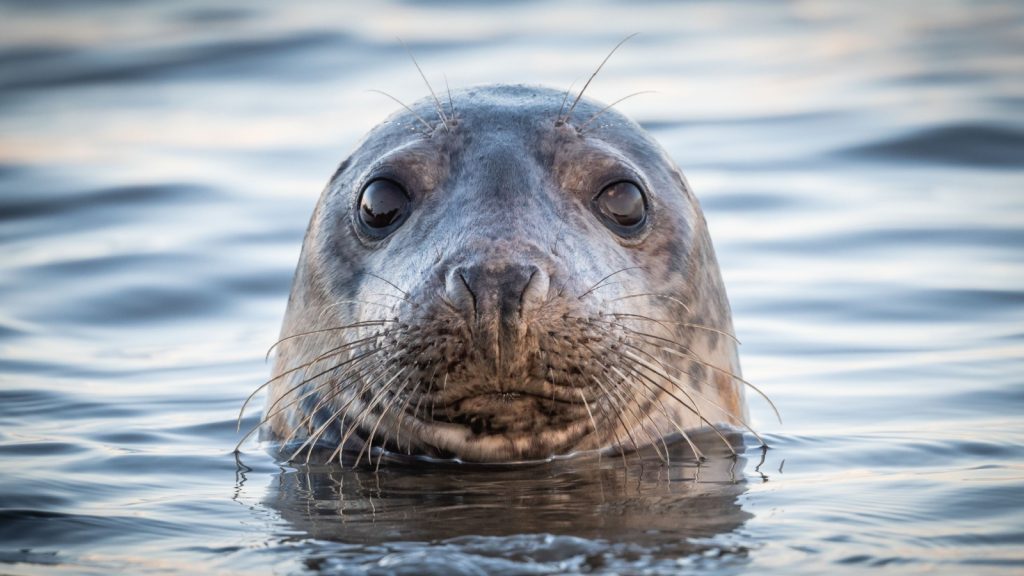
It might surprise you to learn that around 40% of the world’s grey seals live along the UK’s coasts! The Farne Islands, located off the Northumberland coast, are one of the largest breeding colonies in Europe. These seals can be spotted basking on the rocks or swimming gracefully in British waters. They’re key indicators of marine health, and it’s a point of pride that our waters support so many of them.
Starlings Perform Murmurations in the Thousands
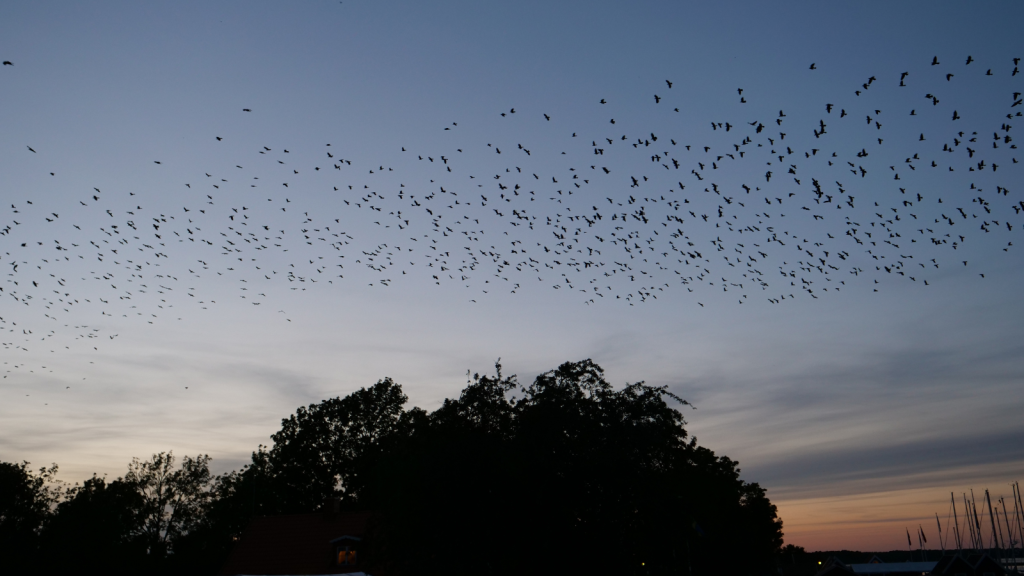
If you’ve ever seen a flock of starlings swirling in the sky, you’ve witnessed one of nature’s most impressive spectacles. These formations are called murmurations, and they can involve tens of thousands of birds. What’s truly amazing is that each bird in a murmuration reacts in perfect harmony with the others, creating beautiful, shifting patterns. Scientists are still not entirely sure how they communicate so quickly to pull it off!
Adder Snakes Are the UK’s Only Venomous Snake
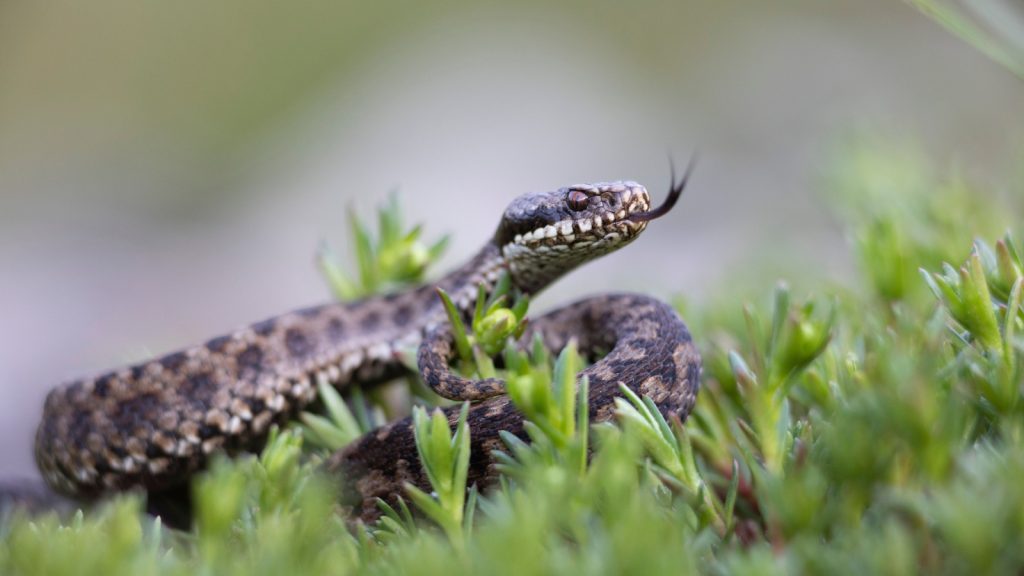
Out of the three snake species native to the UK, the adder is the only one that’s venomous. While their bites are rarely fatal to humans, they can be dangerous to small animals and pets. These shy creatures are often found basking in the sun in heathlands and open woodlands. Luckily, they’d rather slither away than bite unless they feel threatened.
The Great Crested Newt Can Regrow Lost Limbs
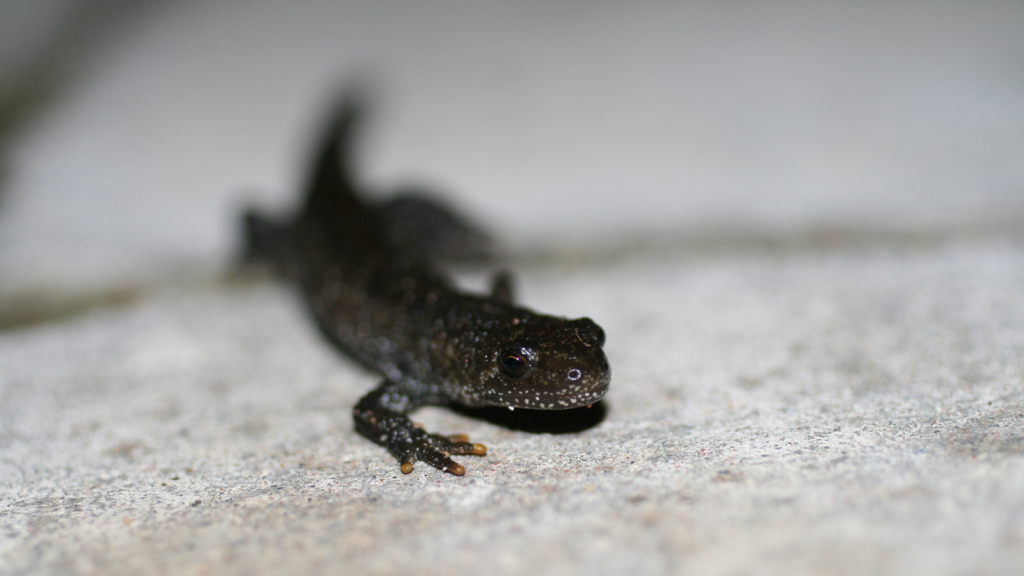
The great crested newt, one of Britain’s rarest amphibians, has an astonishing superpower: it can regrow lost limbs, including tails and even parts of its eyes! This rare species is highly protected under UK law because its numbers are in decline, mainly due to habitat loss. Their unique ability to regenerate parts of their bodies helps them survive in the wild, but they still need all the protection they can get.
The Scottish Wildcat Is Britain’s Last Native Cat
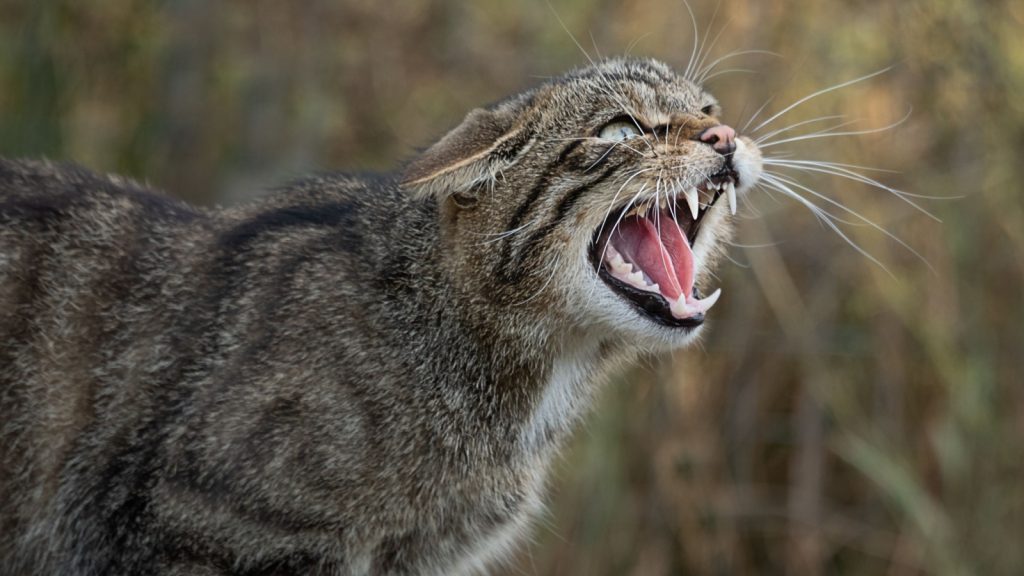
The Scottish wildcat looks a bit like a domestic tabby, but don’t be fooled – it’s a fierce, wild predator! Once roaming across the UK, today they’re critically endangered, with only a few hundred remaining in the wild. These cats are so elusive that many people never get a chance to see one in the wild. Conservation efforts are underway to help bring this iconic animal back from the brink of extinction.
Puffins Use Their Colourful Beaks to Attract Mates
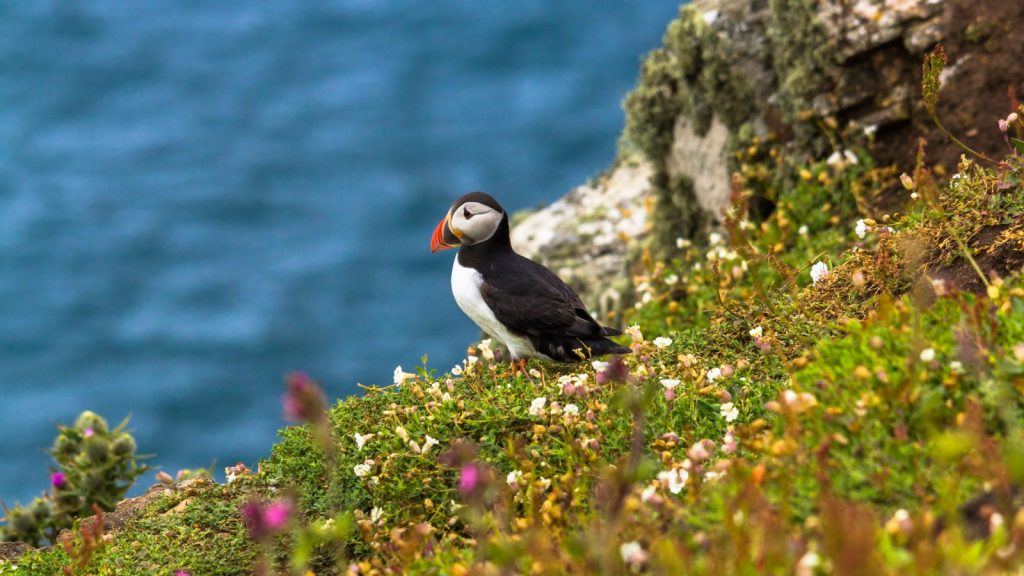
The puffin’s brightly coloured beak, which looks almost cartoonish, plays a key role in attracting a mate. During breeding season, the beak becomes much more vibrant as a signal of the bird’s health and suitability. Once the season is over, the bright colours fade away. Puffins are amazing divers, too, reaching depths of up to 60 metres in search of fish!
Red Deer Are the Largest Land Mammal in the UK
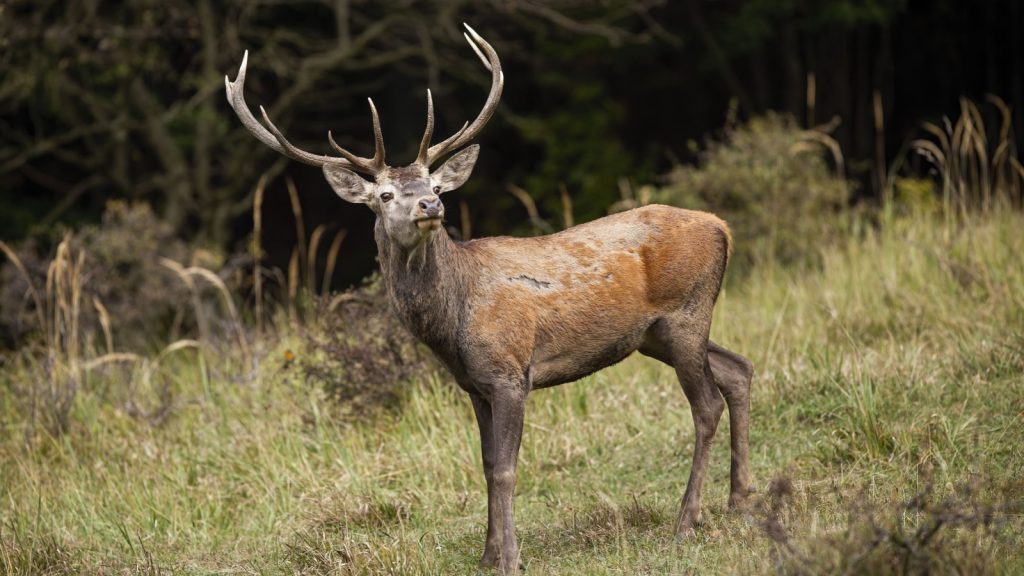
The red deer is Britain’s largest land mammal, standing up to 1.2 metres at the shoulder and weighing up to 190kg. Found in the Scottish Highlands and other parts of the UK, they are known for their impressive antlers, which the males shed and regrow every year. During the rutting season, the males engage in fierce battles to impress the females.
Foxes Are Found in Almost Every Habitat
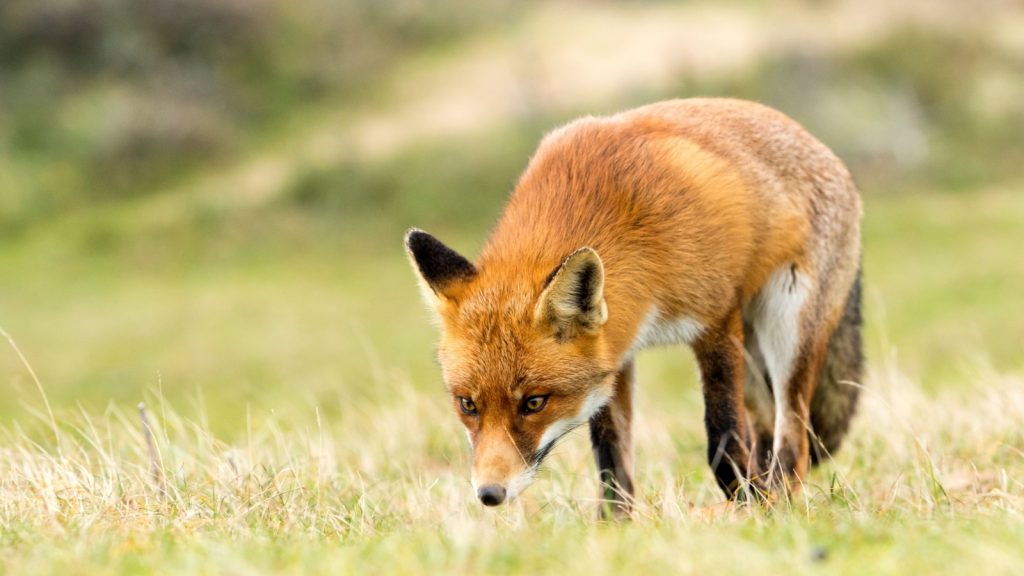
Foxes are one of the most adaptable animals in the UK. They can be found in nearly every type of habitat, from cities and suburbs to forests and farmland. Urban foxes are especially resourceful, often scavenging from bins and gardens. Despite being considered a pest by some, foxes play an important role in controlling rodent populations.
The Bearded Tit is Actually a Reedling
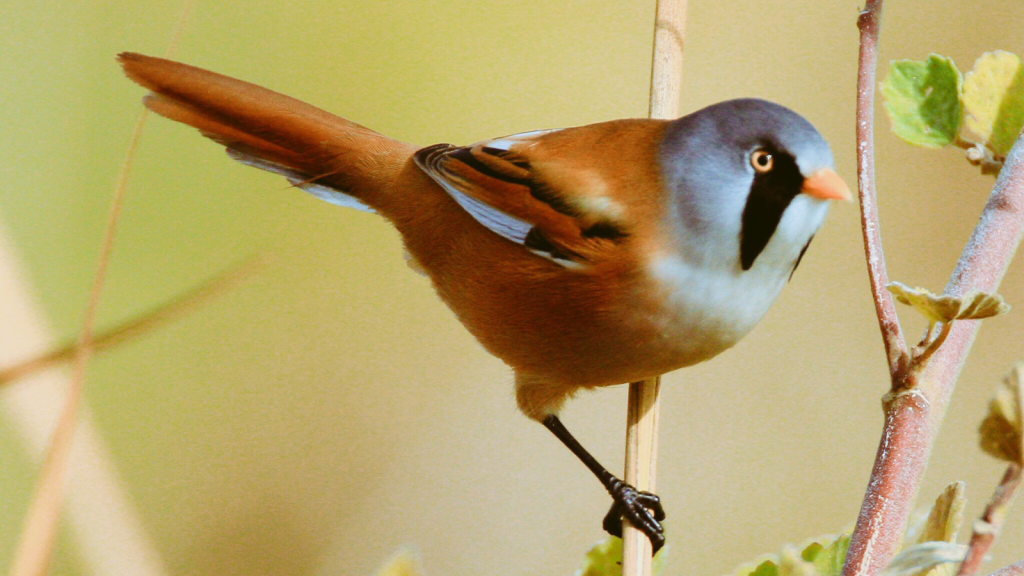
Despite its name, the bearded tit is not actually a tit at all – it belongs to a different bird family known as reedlings. These birds are commonly found in reed beds in marshes across the UK, where they feed on insects and seeds. The males are easily recognisable with their black “moustache” and orangey-brown plumage.
Pine Martens Are Making a Comeback
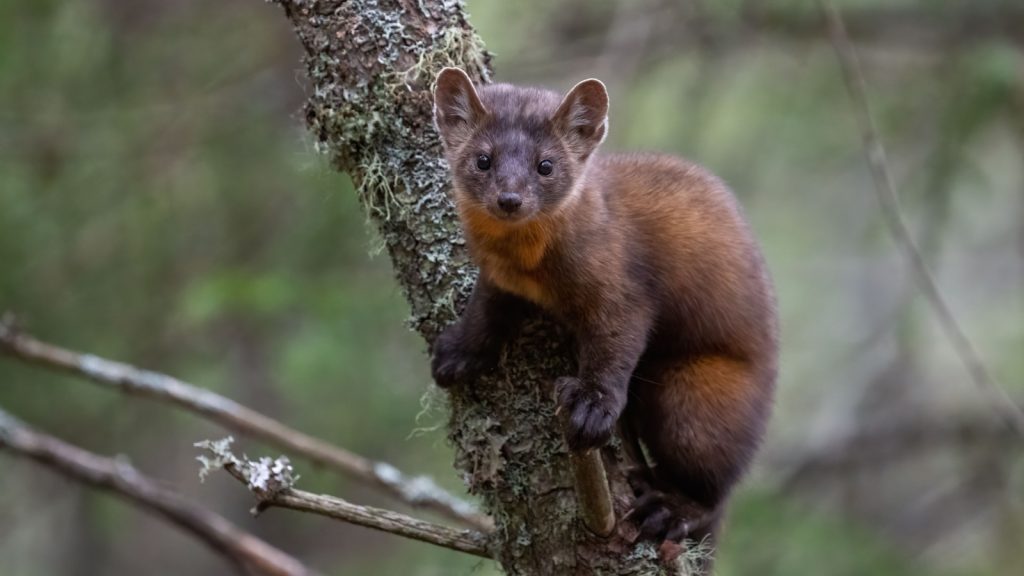
Once driven to near extinction in the UK, pine martens are now making a slow but promising comeback, especially in Scotland. These small, tree-climbing mammals are part of the weasel family and are known for their playful and curious nature. Conservation efforts, including habitat restoration and reintroduction projects, are helping their numbers grow.
Tawny Owls Are the UK’s Most Common Owl
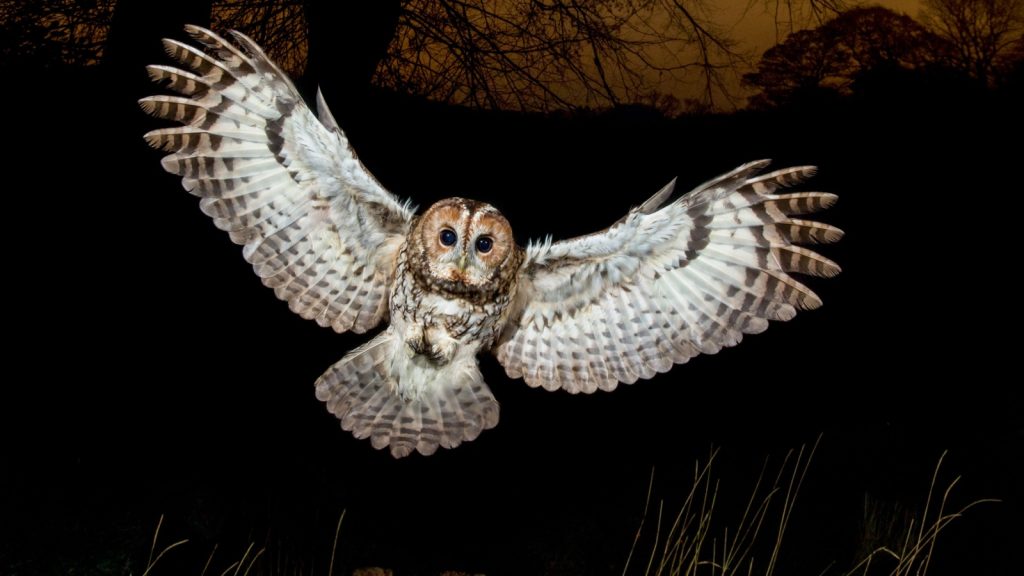
The tawny owl is the most widespread owl species in the UK. Known for its iconic “twit-twoo” call, the tawny owl is nocturnal and is rarely seen during the day. These owls thrive in woodland areas and are expert hunters, feeding on small mammals and birds. Despite their common presence, they remain elusive to many because of their night-time habits.
Bats Make Up a Quarter of All UK Mammal Species
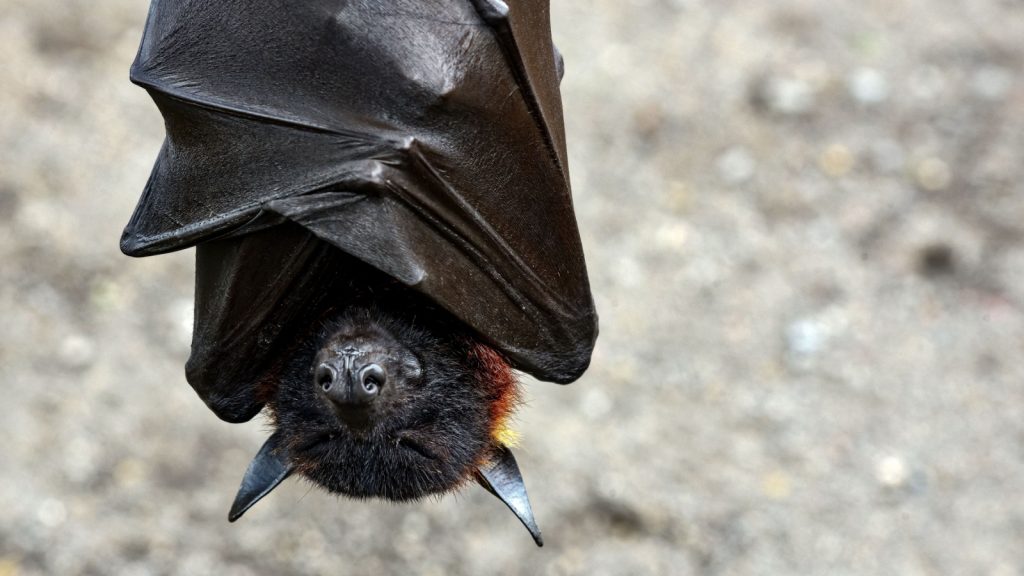
With 18 different species of bat, these winged mammals account for around 25% of all mammal species in the UK. Some of the most common species include the pipistrelle, brown long-eared bat, and the noctule. Bats play an essential role in the ecosystem by controlling insect populations and pollinating plants.
The Atlantic Puffin Is Under Threat
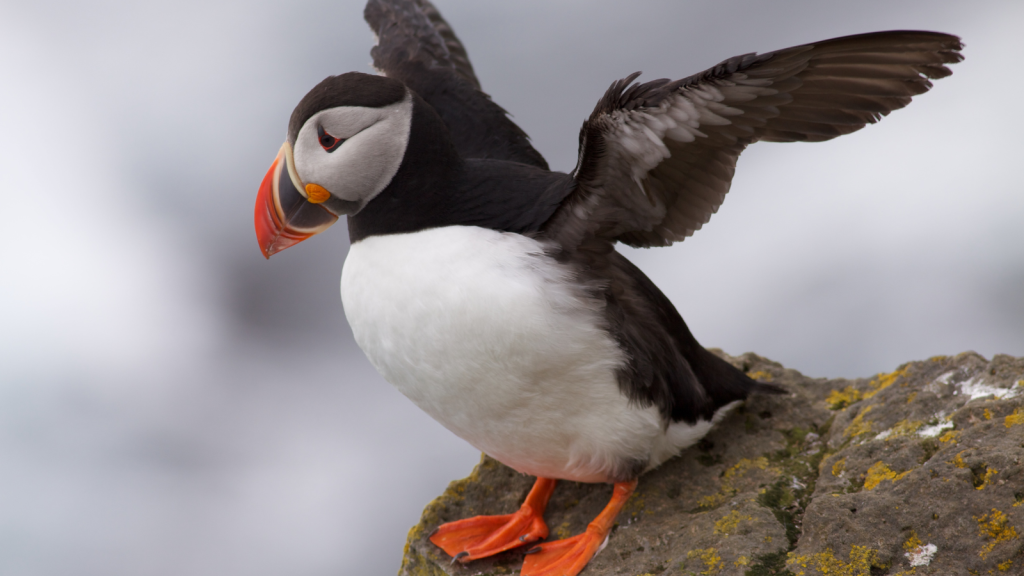
While puffins are often associated with the UK’s coastlines, particularly in places like Skomer Island and the Farne Islands, their numbers are in decline due to changes in their food supply and habitat. Puffins rely heavily on sand eels, which are affected by climate change and overfishing. Conservationists are working hard to protect puffin breeding grounds.
The Eurasian Otter Was Once Almost Extinct in the UK
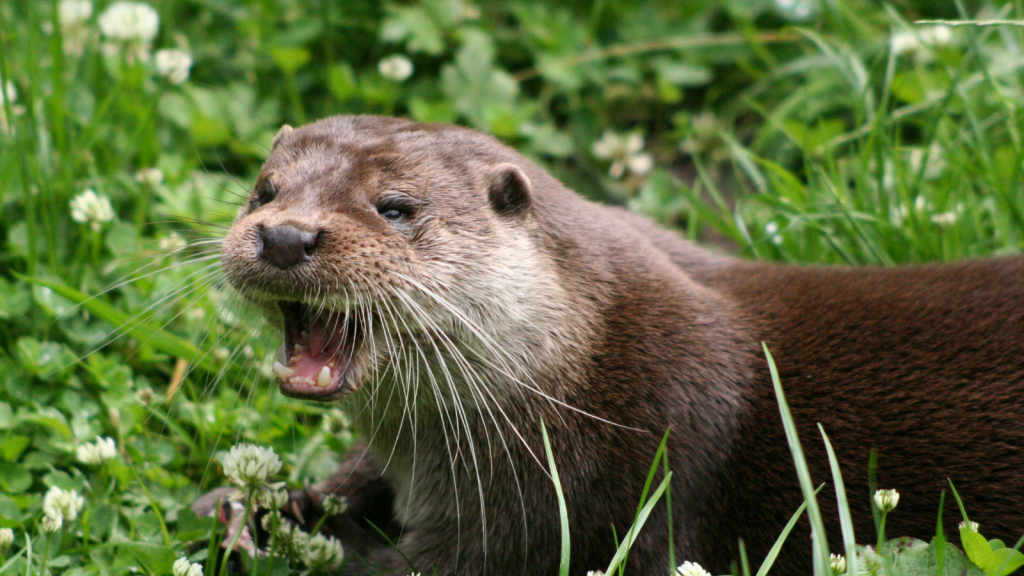
Eurasian otters were on the brink of extinction in the UK during the 20th century due to habitat destruction and water pollution. Thankfully, due to conservation efforts and improved water quality, otters have made a significant comeback and are now regularly seen in rivers and streams across the country. They are strong swimmers and can close their ears and nostrils underwater to hunt.
Garden Birds Are Shrinking in Size
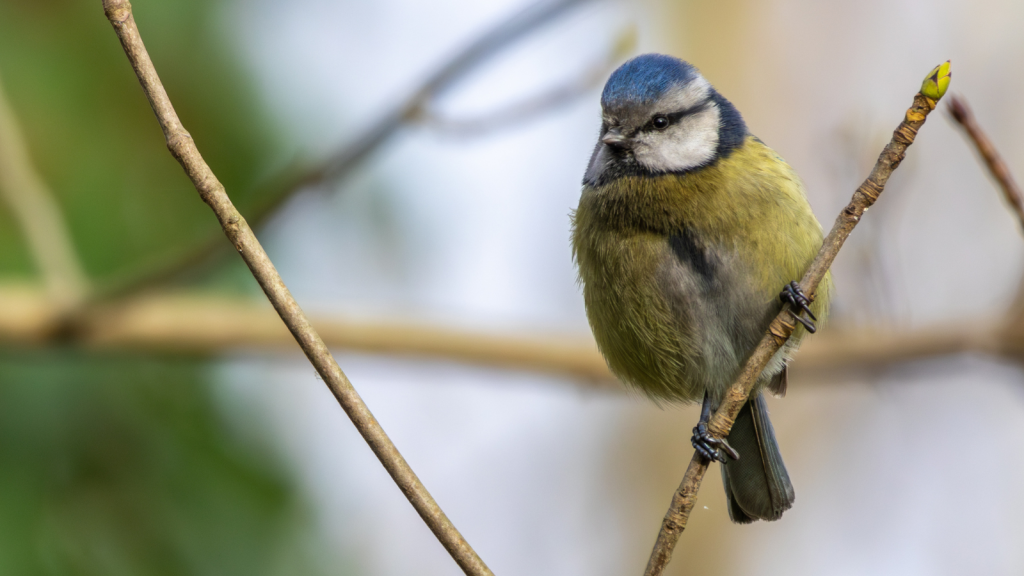
Recent studies have shown that some of the UK’s most common garden birds, such as blue tits and great tits, are shrinking in size. This is believed to be a response to climate change, as smaller birds are better adapted to warmer temperatures. It’s a subtle yet important change that scientists continue to monitor closely.
The Dormouse Hibernates for Six Months
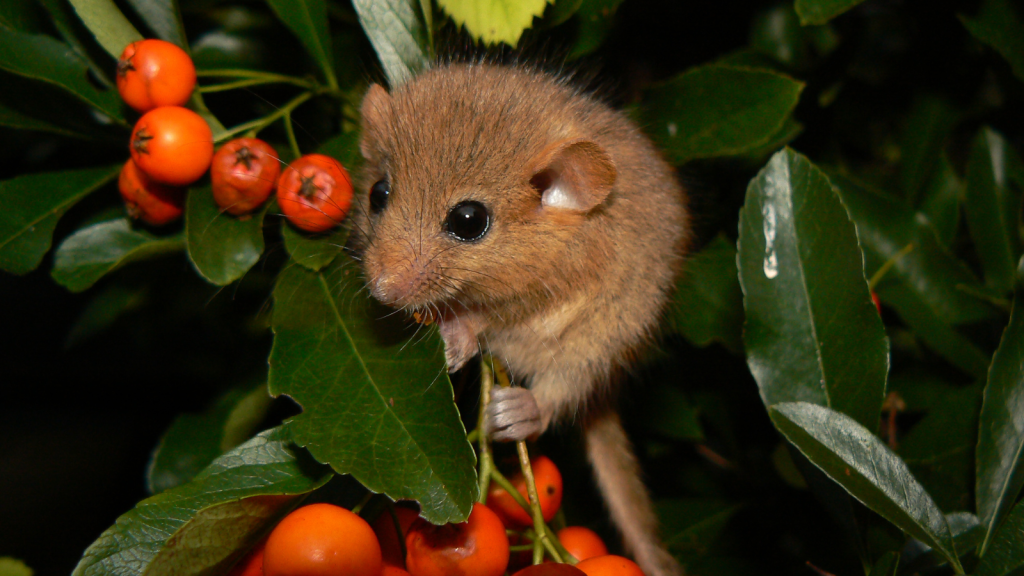
The hazel dormouse is one of Britain’s sleepiest animals, hibernating for around six months each year. These tiny creatures curl up in a ball and sleep through the colder months, only emerging in the spring to feast on hazelnuts and berries. Dormice are very sensitive to changes in their habitat, making them an indicator species for environmental health.
The Little Owl Was Introduced to the UK
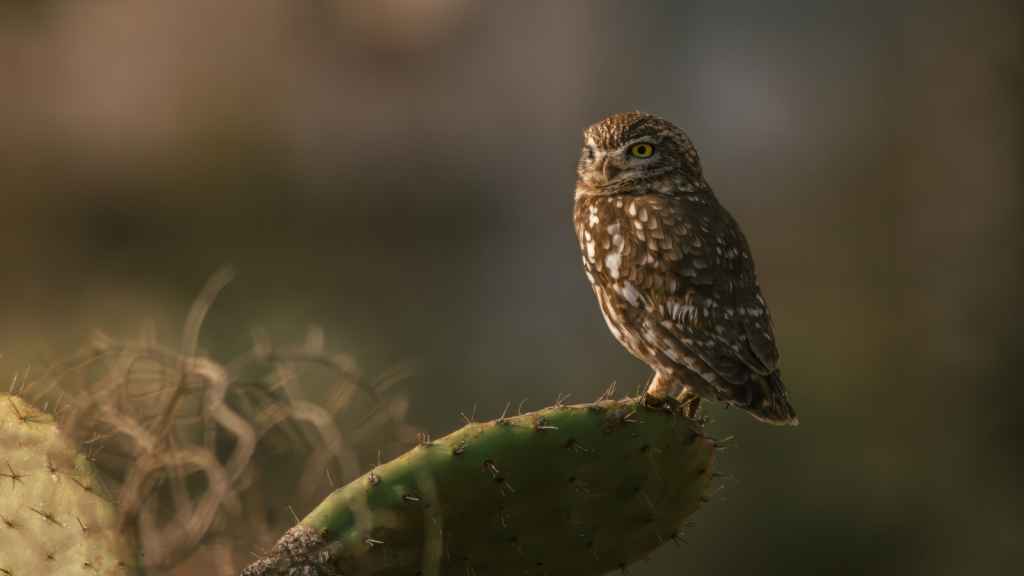
Unlike many other native species, the little owl was introduced to Britain from Europe in the late 19th century. These small, stocky owls have thrived in the UK, adapting well to farmland and woodland edges. Despite being an introduced species, they’ve become a beloved part of British wildlife and are often spotted perched on fences or hunting in the early morning.
12 Facts About the Adder, Britain’s Only Venomous Snake
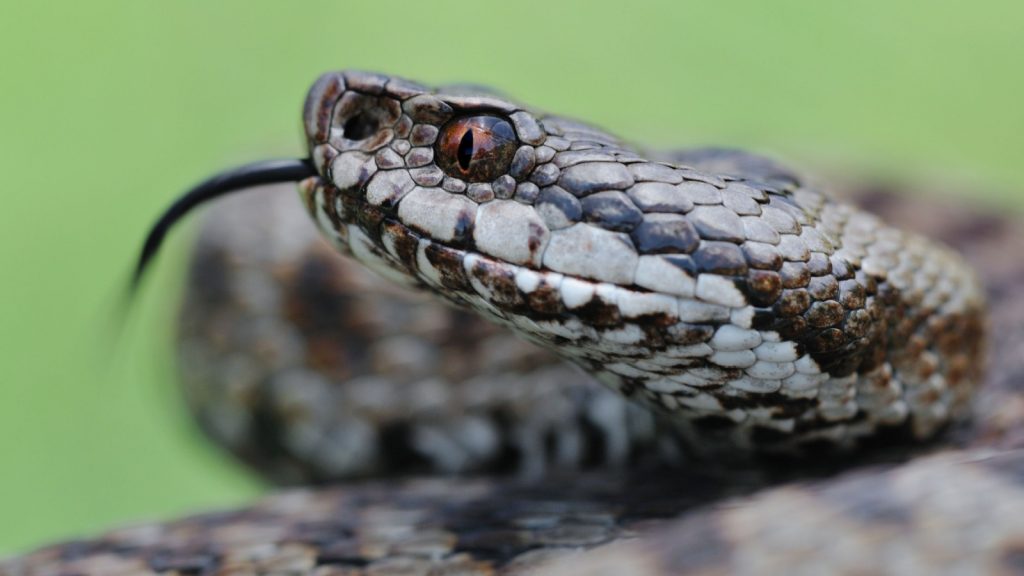
The adder, also known as the common viper, is Britain’s only venomous snake. While these fascinating creatures are often feared, they play an important role in the country’s ecosystems. Here are 12 scintillating facts about adders that will help you appreciate these misunderstood reptiles.
Read More: 12 Facts About the Adder, Britain’s Only Venomous Snake
Ellen has been obsessed with logic puzzles, jigsaws, and cryptograms since she was a kid. After learning she was taught how to play chess wrong by a family friend (so they could win), she joined her school chess club and the rest is history.


